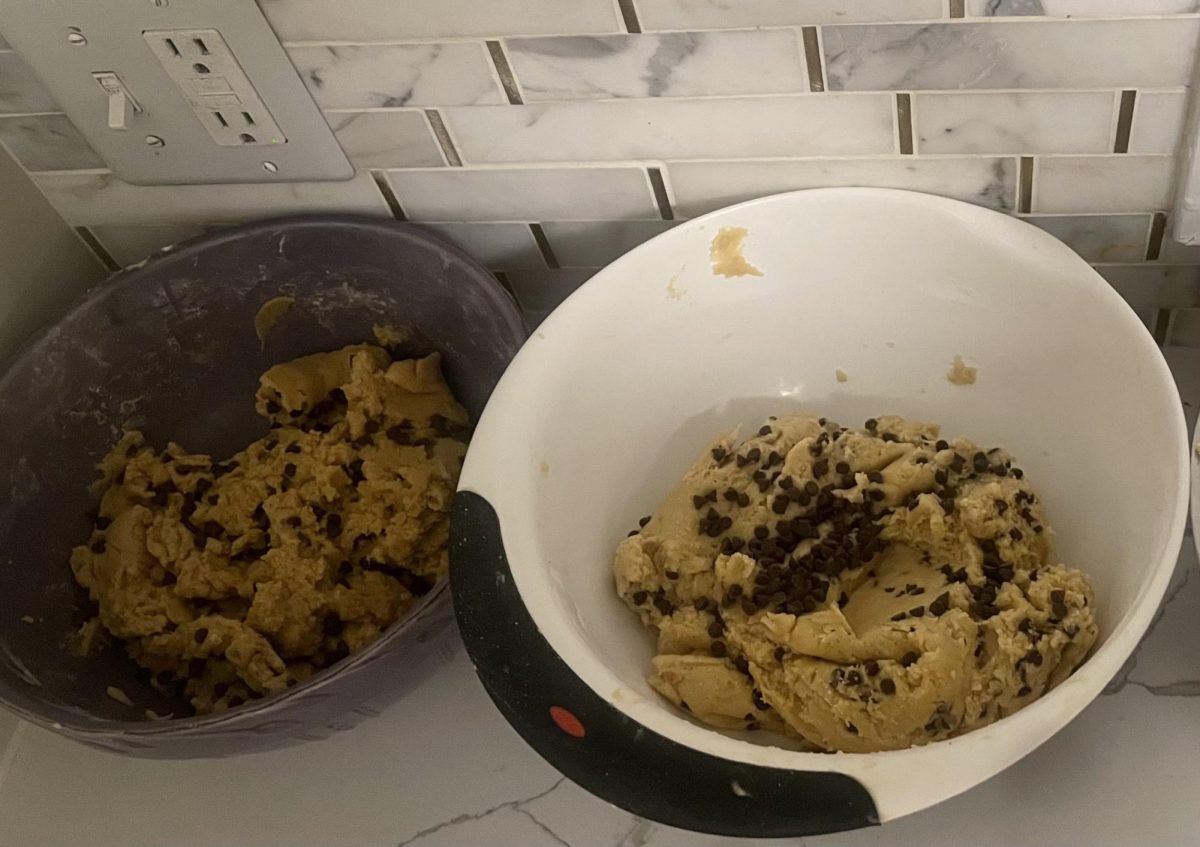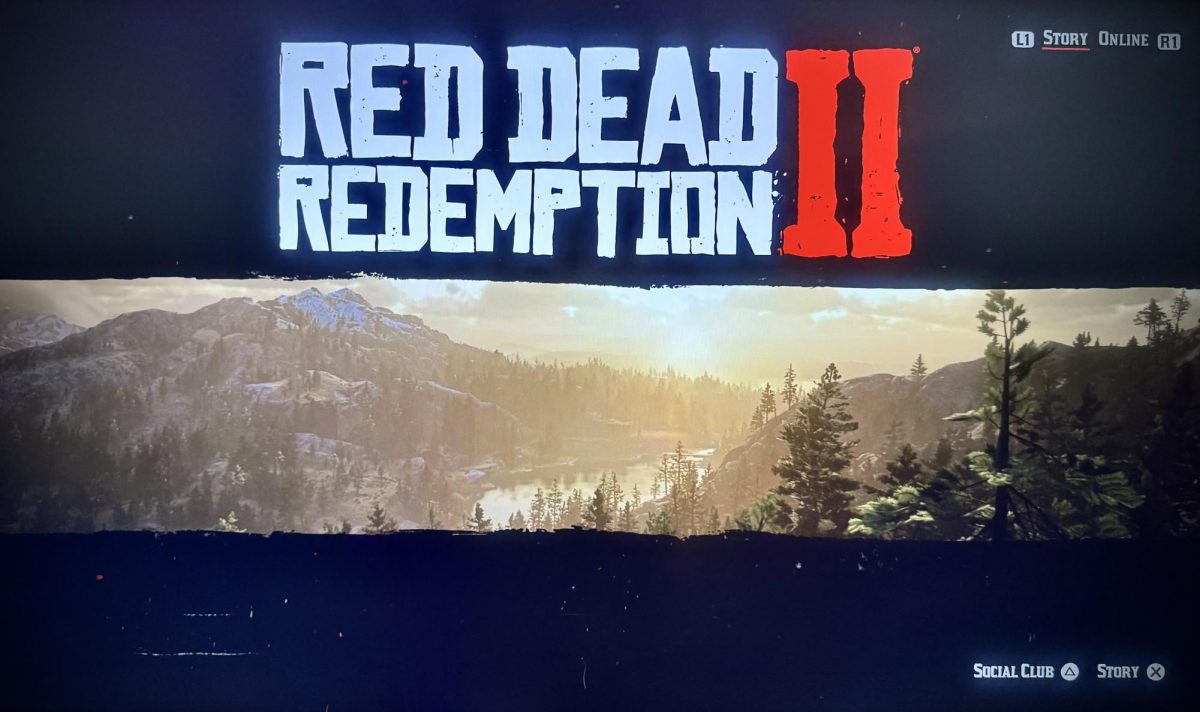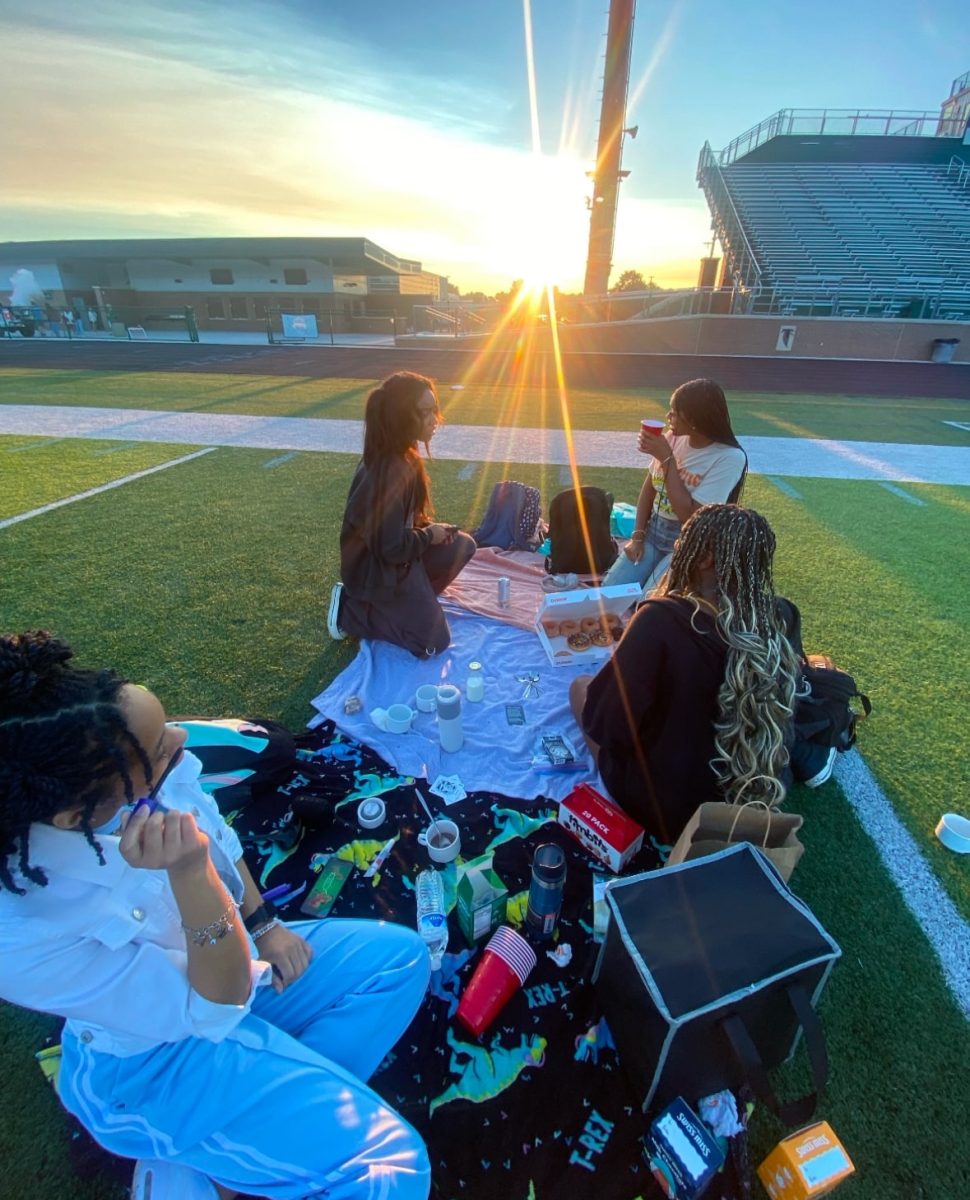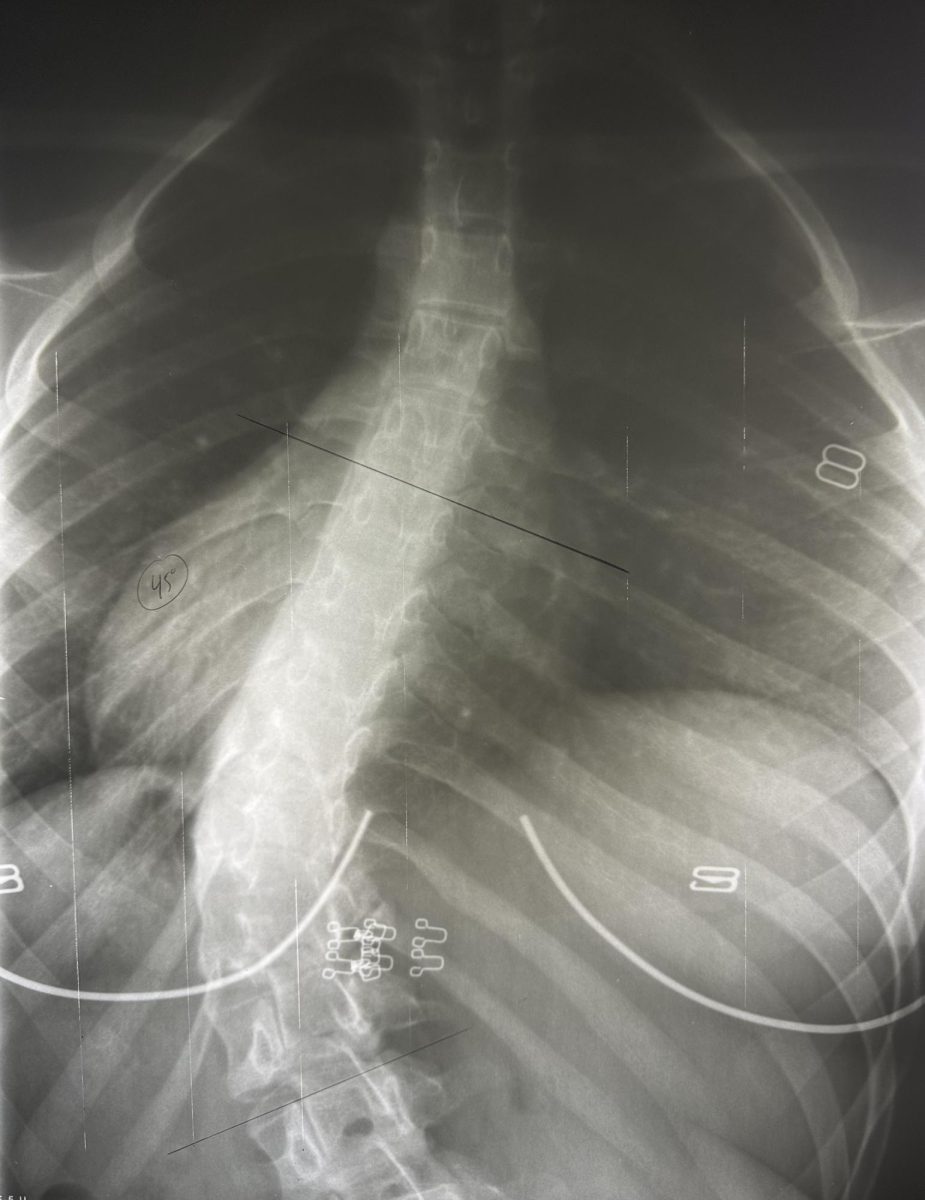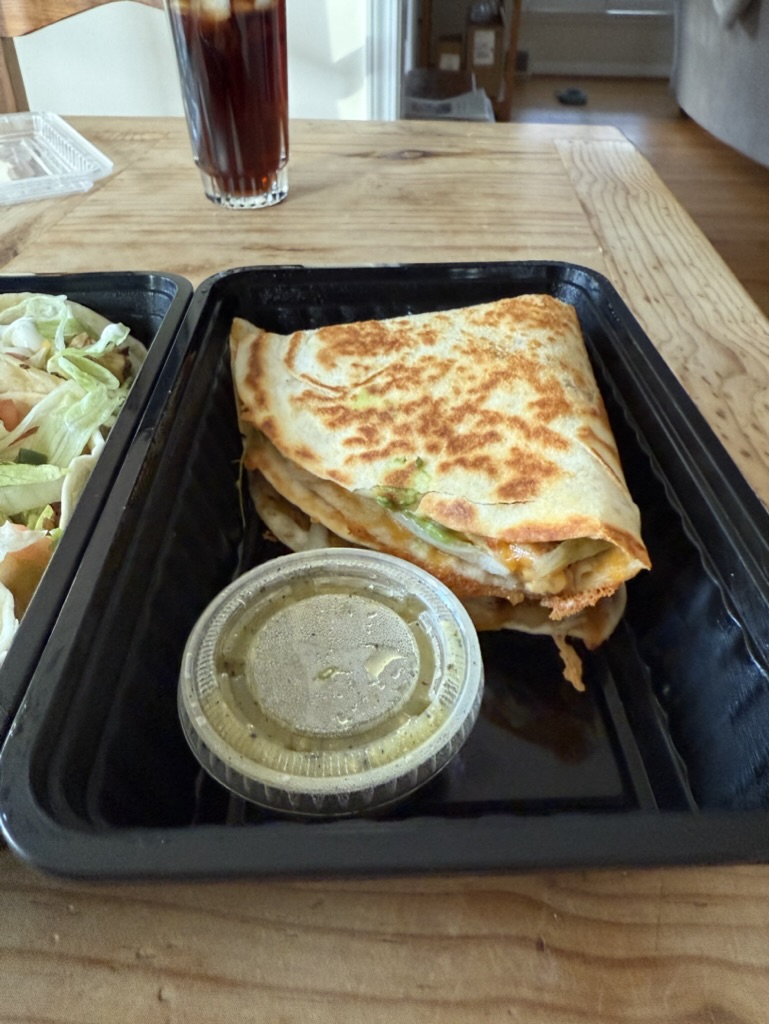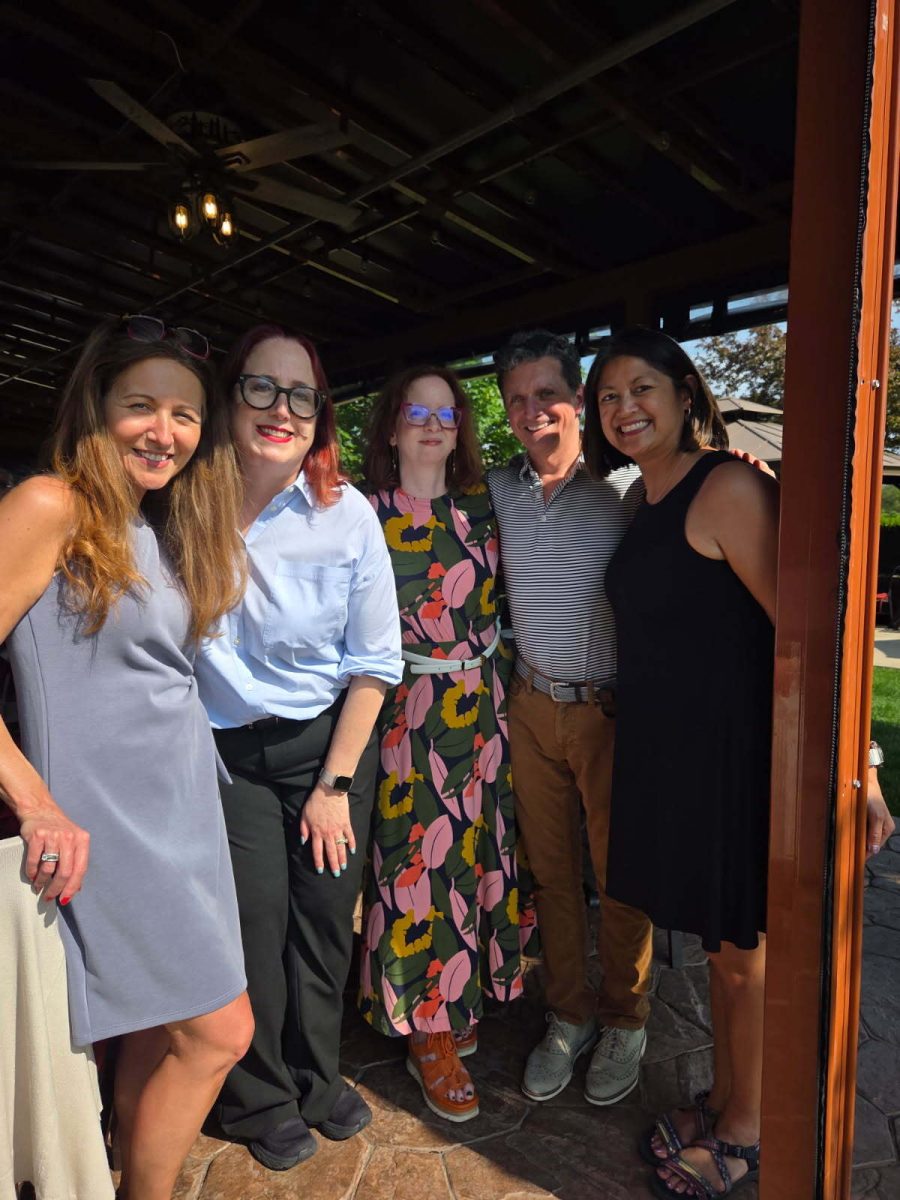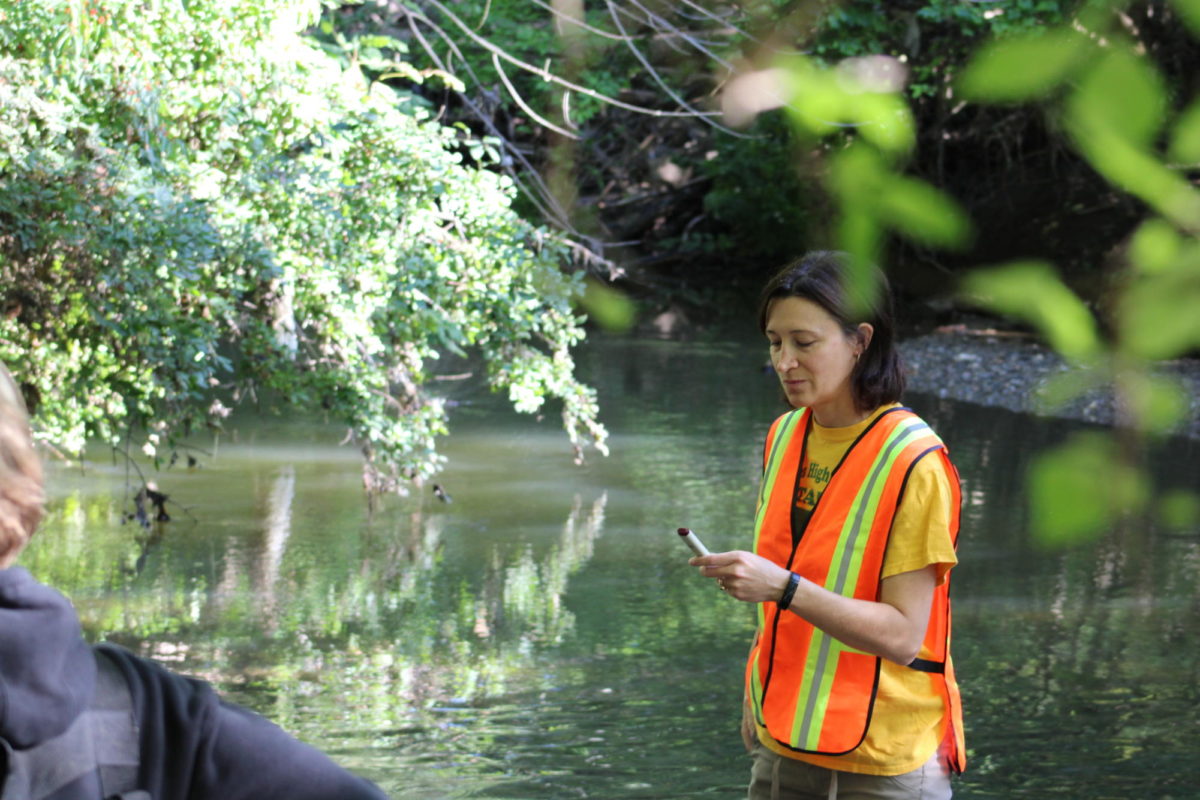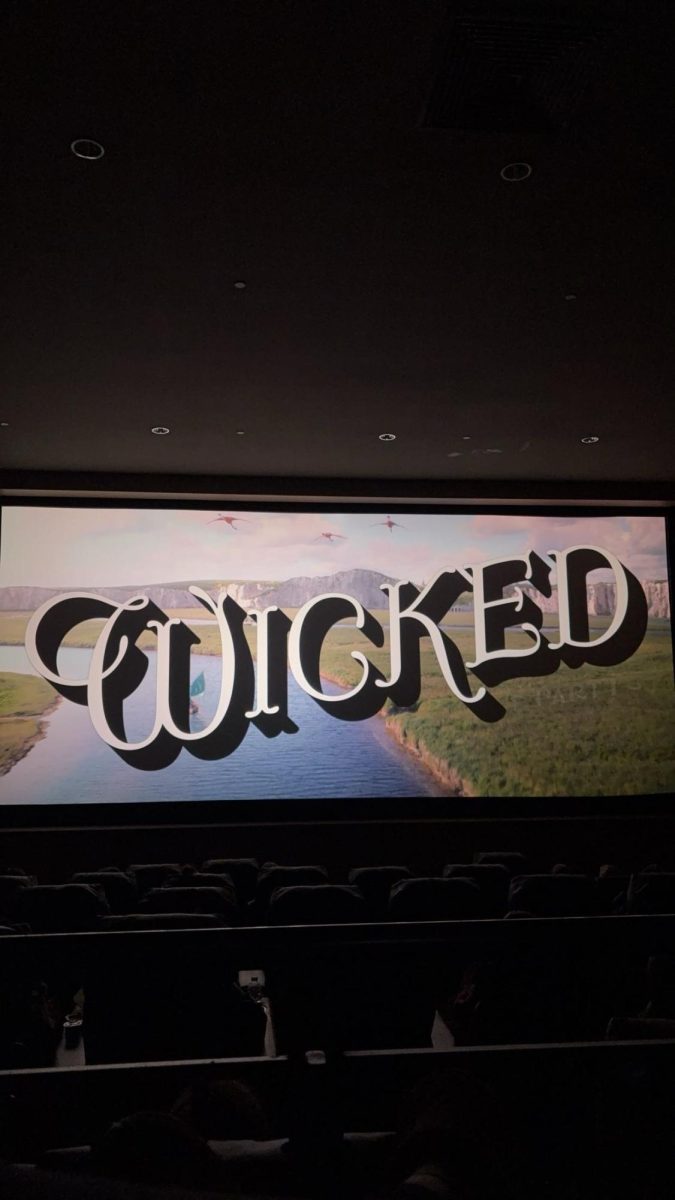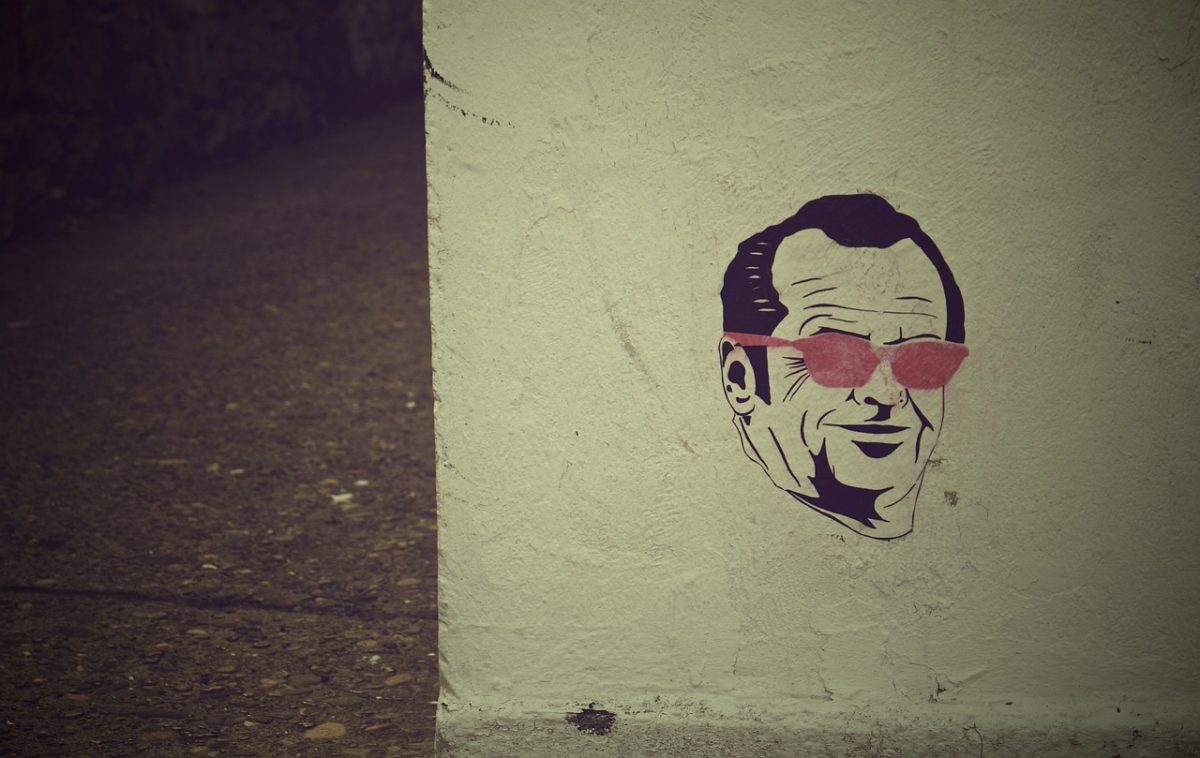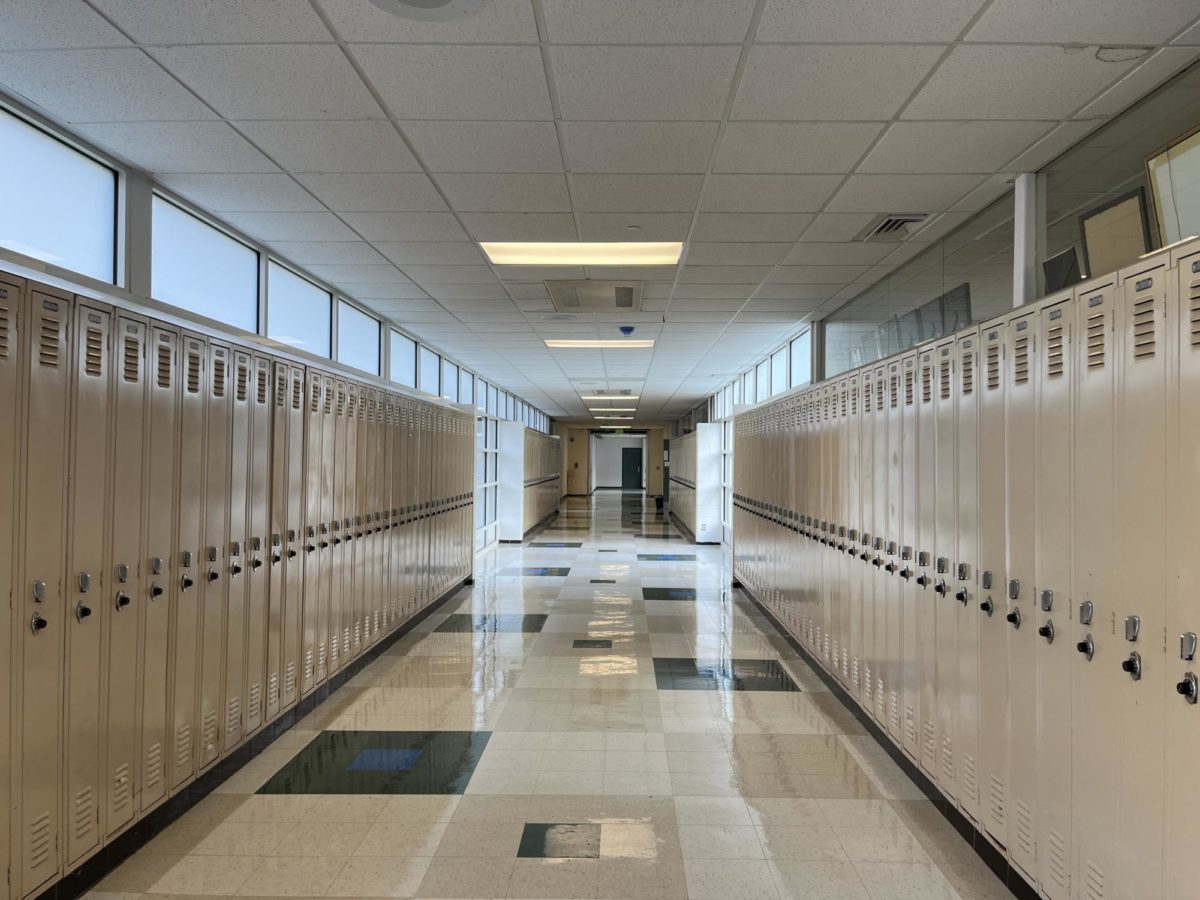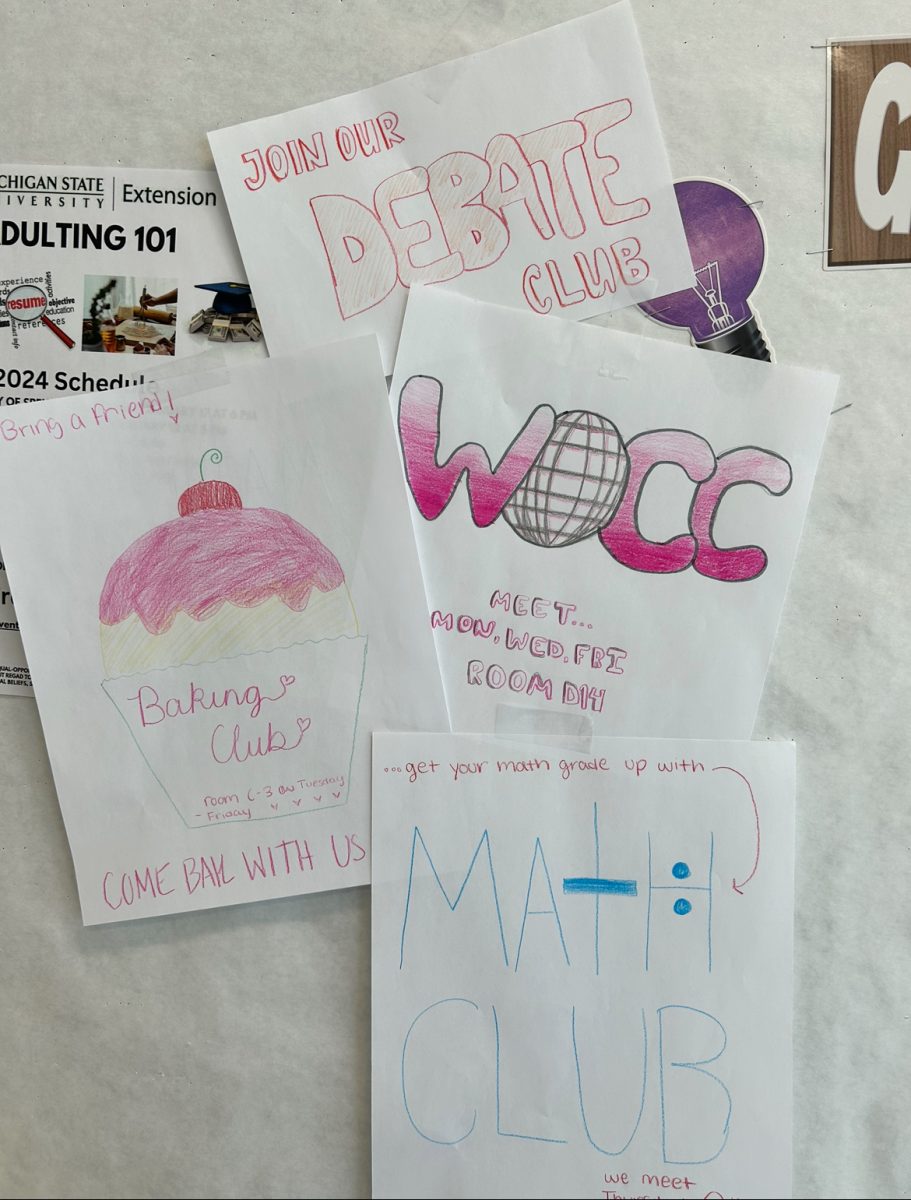Student says “The Willow Project” is slowly destroying our environment

Trees have been absolutely demolished along Franklin Road, and a new development is in the works as of 2023.
Our earth is slowly being destroyed, and it’s only going to get worse. The Willow Project in Alaska was recently approved on March 13, 2023, by the Biden administration. According to the New Yorker, Biden didn’t think the project was a good idea, but there was only so much he could do about it. It’s mostly the big corporations that have control over the project. There are some positive aspects to The Willow Project, such as a possible decrease in gas prices, that the president had to consider when deciding to approve the project.
ConocoPhillips, a Houston-based energy company, proposed the idea of the Willow Project, and it will take decades as it drills oil on Alaska’s North Slope in the National Petroleum Reserve, and according to USA Today, it’s currently the largest proposed oil project on U.S. federal land. Environmental groups are working against ConocoPhillips in an attempt to stop or delay the Willow Project. The project can only be worked on in the winter months, and since Alaska’s winter ends in April, it could potentially be delayed for a year, creating a window of opportunity for environmentalists.
The Willow Project is an issue because the project is estimated to produce 180,000 barrels of oil per day, and release 9.2 million tons of carbon pollution per year, which would be equivalent to adding two million gas-powered cars to roads; there would be no coming back from this. The project will also produce the equivalent of more than 278 million tonnes of greenhouse gasses over the 30 years it’ll last. Global warming is already a huge problem, so with this adding to it, it will be worse than ever before, and the rate at which it increases will be sped up.
This isn’t only going to be a problem for Alaska; global warming is a problem across the globe, even in Michigan. When I interviewed Green Club president and Groves senior Lindsey DeGrendel about this she agreed.
“Although the project will decrease America’s dependency on energy from other countries, it’s said to produce 278 million tons of greenhouse gasses over its 30-year life. Greenhouse gasses cause warming and affect various aspects of climate, including surface air and ocean temperatures, precipitation, and sea levels. Additionally, the Willow Project will negatively impact wildlife in the Reserve, such as Polar Bears. The bears cannot sustain the increasing temperatures in their Arctic tundra home,” DeGrendel said. “From an environmental perspective, the Willow Project is not a good idea. If completed, the Willow Project will release an additional 9.2 million metric tons of carbon pollution into the atmosphere each year. However, the ocean absorbs atmospheric carbon dioxide wherever air meets water. A surplus of carbon in the ocean makes the water more acidic, putting marine life in danger. The Project could lead to an increase in fish die-offs or mass mortality events, and according to ScienceDaily.com, these die-offs can severely impact the function of ecosystems, imperil existing fish populations and reduce the global food supply.”
We might not be able to repair the world once the damage is done. The Willow Project will inevitably cause a dramatic increase in the greenhouse gasses being released into the atmosphere, destroying nature and harming wildlife. This project will take away the habitats of many animals, especially in the arctic, as a result of continued global warming. Once the project starts, there will be no turning back. Future generations might not have the opportunity to star gaze, as the air will be too polluted, or the same nature and wildlife we have today. DeGrendel has spoken out about how she thinks The Willow Project will affect our future.
“20 years from now, the world will have most likely experienced detrimental environmental effects. Air pollution will become one of the top environmentally related deaths worldwide. Microplastics will have completely infiltrated our oceans. Deforestation and habitat degradation will lead to a massive decline in biodiversity. Increasing temperatures will worsen many types of disasters, including storms, heat waves, floods, and droughts. All of these scenarios are avoidable, but we must act now,” DeGrendel said.
Although it seems scary, it’s not too late to prevent this from happening, and there are still many ways to help our environment.
“Students can take action TODAY to decrease their impact on climate change. The article “Start with these 10 Actions!” by The United Nations offers several solutions: as individuals, we can use less energy by lowering our heating and cooling, washing our laundry with cold water, or hanging things to dry instead of using a dryer. We can eat more vegetables, fruits, and whole grains and less meat and dairy; plant-based foods generally produce fewer greenhouse gas emissions and require less energy, land, and water. We should reduce, reuse, and recycle whenever possible. Electronics, clothes, and other items we buy cause carbon emissions at each point in production, from the extraction of raw materials to manufacturing and transporting goods to market; to protect our climate, buy fewer things, shop second-hand, repair what you can, and recycle,” said DeGrendel.
There are so many options and by just doing one of these things you could make a difference.
It’s important to take care of our earth, and a change has to be made soon. The next generations won’t be able to experience the free feeling of gliding down a mountain, or lay on their back admiring the big dipper. Instead, they’ll see air pollution and dead grass. Forests will turn into houses and factories. This could be their future if we don’t make a change.
Although it seems scary, it’s not too late to prevent this from happening, and there are still many ways to help our environment. Students can take action TODAY to decrease their impact on climate change. The article “Start with these 10 Actions!” by The United Nations offers several solutions: As individuals, we can use less energy by lowering our heating and cooling, washing our laundry with cold water, or hanging things to dry instead of using a dryer. We can eat more vegetables, fruits, and whole grains and less meat and dairy. Plant-based foods generally produce fewer greenhouse gas emissions and require less energy, land, and water. We should reduce, reuse, and recycle when possible. Electronics, clothes, and other items we buy cause carbon emissions at each point in production, from the extraction of raw materials to manufacturing and transporting goods to market. To protect our climate, buy fewer things, shop second-hand, repair what you can, and recycle,” said DeGrendel.
There are so many options and by just doing one of these things you could make a difference, and when asked what she was planning to do to help the environment, DeGrendel said.
“Next year, I hope to study Marine Biology and Environmental Conservation. I’ll use my career to help marine life affected by plastic pollution, climate change, and destructive fishing practices. I’ll also strive to clean up polluted areas to protect the environment and human health. Keeping marine life happy and healthy is my goal!”
It’s important to take care of our earth, and a change has to be made soon. The next generation won’t be able to experience the free feeling of gliding down a mountain, or lay on their back admiring the big dipper. Instead, they’ll see air pollution and dead grass. The forests will turn to houses and factories. This could be our future if we don’t make a change.
Your donation will support the student journalists of Wylie E. Groves High School. Your contribution will allow us to purchase equipment and cover our annual website hosting costs.
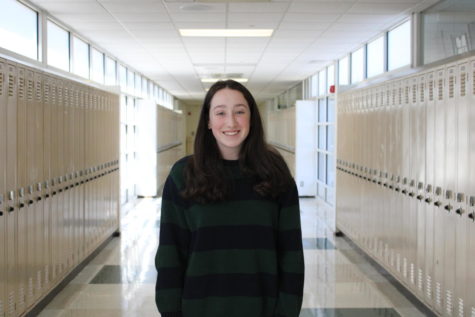
Eve Kutinsky is a reporter for the Groves Scriptor. She is a sophomore and this is her first year taking journalism. She is excited to begin writing for...




